Grocery shopping: Three savvy shoppers share their money-saving tips
Gripped by a cost-of-living crisis, more consumers are becoming savvy shoppers to save money. To find out how they're making it work, Consumer NZ grabbed a trolley to ask them for their money-saving tips and tricks.
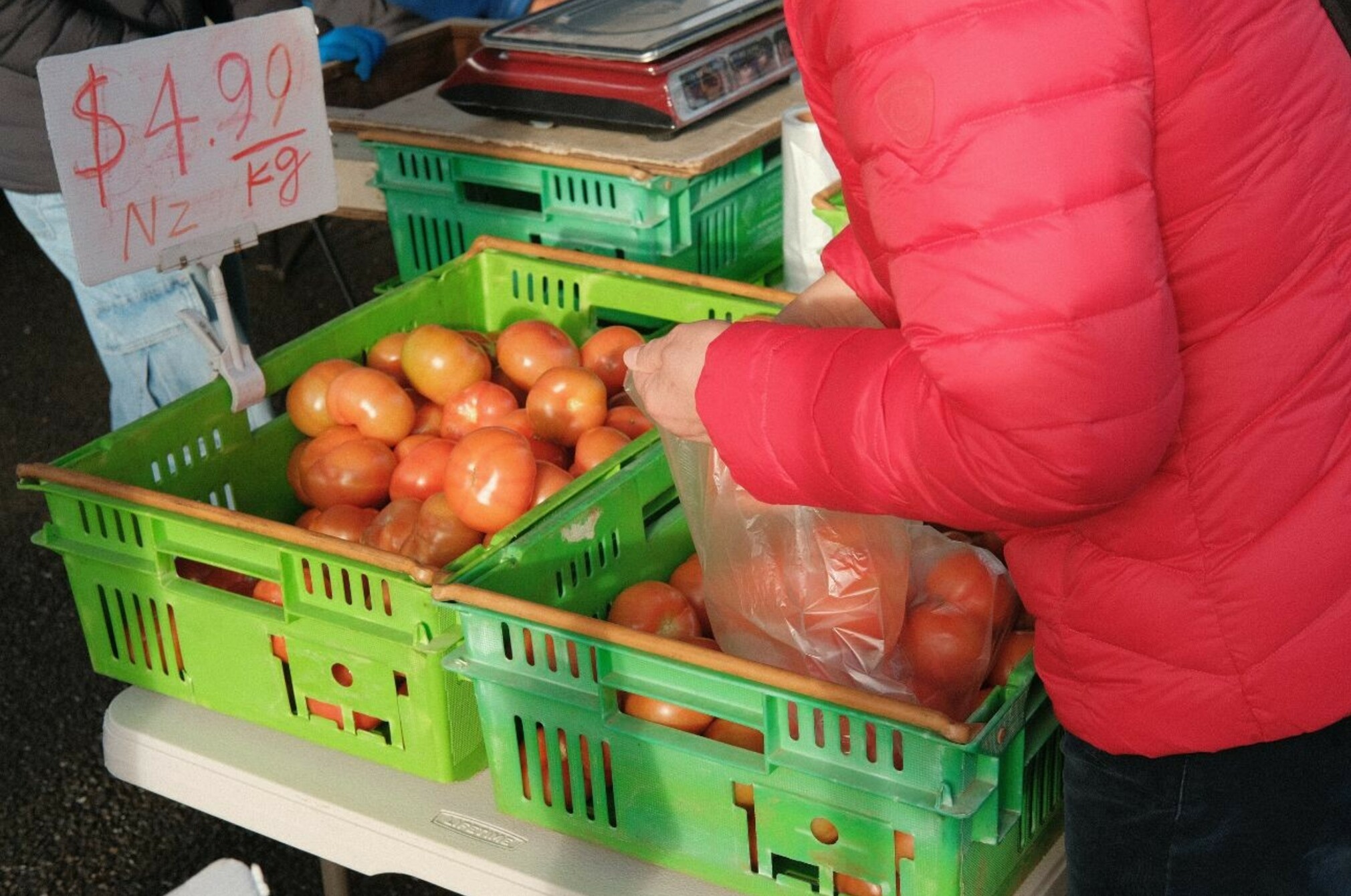
A retiree ignores specials and buys the same things week-in week-out, sticking rigorously to a shopping list compiled with his wife. Their only treats? KFC or Subway once a week, and the occasional packet of chocolate biscuits.
A couple with a young son run their home kitchen like it’s a mini supermarket, stocking up on goods in bulk or when they're on special. They refuse to buy anything at full price.
A self-employed 30-year-old avoids supermarkets by shopping at his local farmers market. There, he picks up cheap seasonal produce in bulk and uses those ingredients to cook large meals to feed him and his flatmates for the week.
Whether you stick to a list and head to your local supermarket once a week or mix it up to take advantage of cheaper prices, specials and bulk-buy discounts, everyone has their own way of surviving the ongoing cost-of-living crisis.
So, what's the best way to keep your food bills down? We grabbed a trolley, headed into the aisles and asked for advice from those trying to do exactly that.
A retiree who whizzes around Pak'nSave once a week
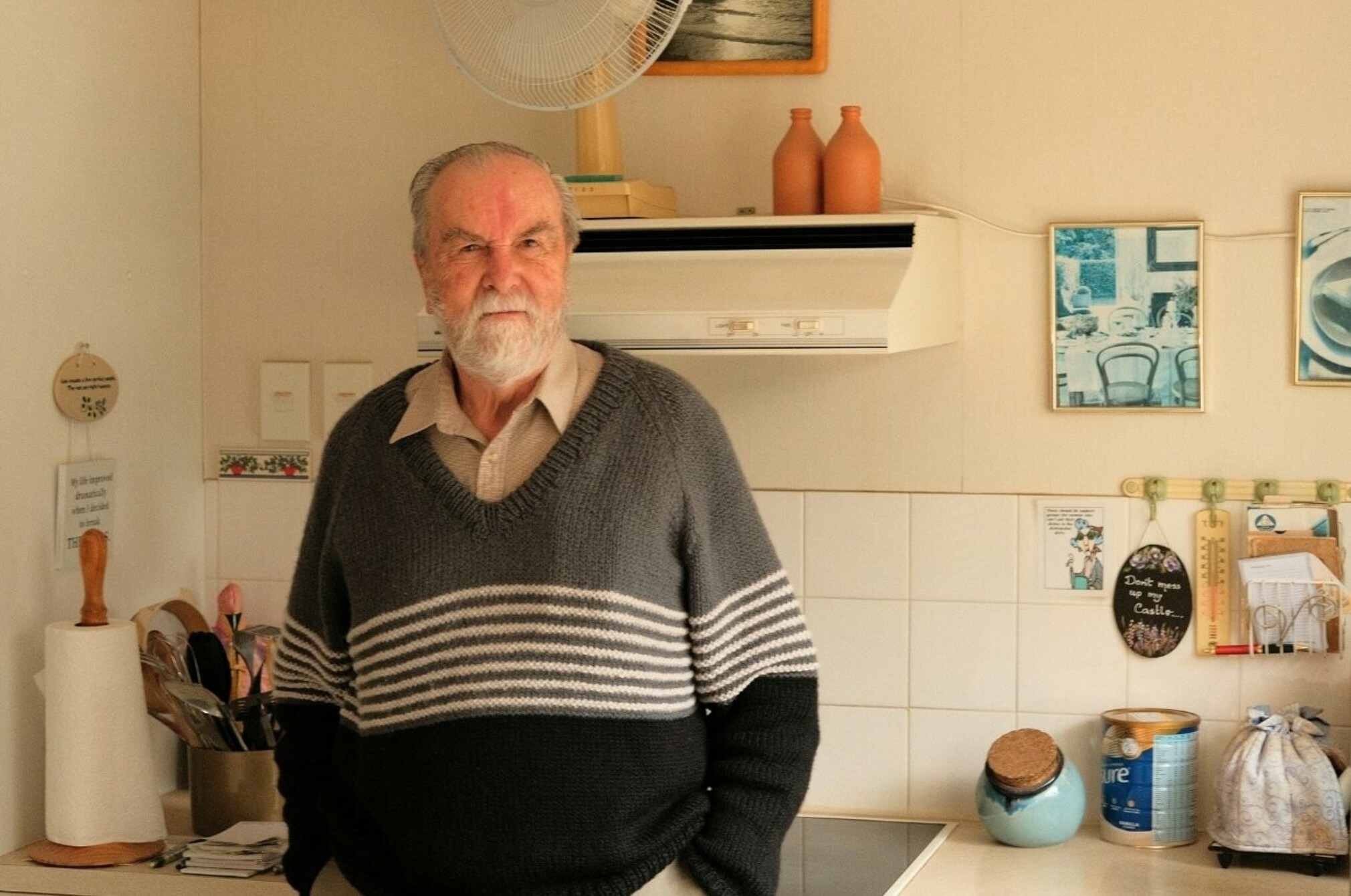
Bernard Bateman is standing in an East Auckland carpark on a warm Friday lunchtime. Within a stone's throw of him are three of the country's biggest supermarket brands: Countdown, Pak'nSave and New World.
He could choose any of them, but Bernard, a retiree and long-term resident of Botany, the Auckland suburb where he lives with his wife Verna, will only visit one: Pak’nSave. "We've found it cheaper," he says. "We watch the ads, and they say we can make a saving here."
Pak’nSave isn't Bernard's preferred option. "They haven't got quite the selection as the other two," he says. But the couple are on a superannuation budget and over the past year, they’ve watched their food bills rise, from around $120 a week to sometimes over $150. “I’ve noticed them going up, and going up, and going up,” he says.
That's despite Bernard buying many of the same products, and brands, every time he embarks on his weekly grocery mission. So, as the cost of living continues to bite, with average food prices increasing by 23% over the past 2 years, Bernard believes Pak'nSave is where he can buy his groceries and other supplies the cheapest.
Once he's ventured inside the supermarket’s yellow front doors, Bernard pulls out a pen and a small notepad. On it is a list compiled by the pair over the week. It reads: "Tomato relish, Sunlight soap, potatoes, scroggin, biscuits, 2 x cornflakes, WeetBix, corn beef, lettuce, fruit, 2 x milk, 4 x soy milk, veges, ice cream, onions, cold meat, 2 x bread, and radishes."
Bernard hits the vegetable aisle first, and he's a man on a mission, grabbing a head of lettuce then bagging up loose potatoes, examining each to make sure they’re unblemished. "I'm going to have a look at the broccoli," he says. "We had pumpkin last week [so] we'll get carrots this week."
He and Verna grow a few vegetables at home, which helps keep their food costs down. "There are pumpkins in the garden, silverbeet, and yacóns,” he says. They chop those up and put them into salads.
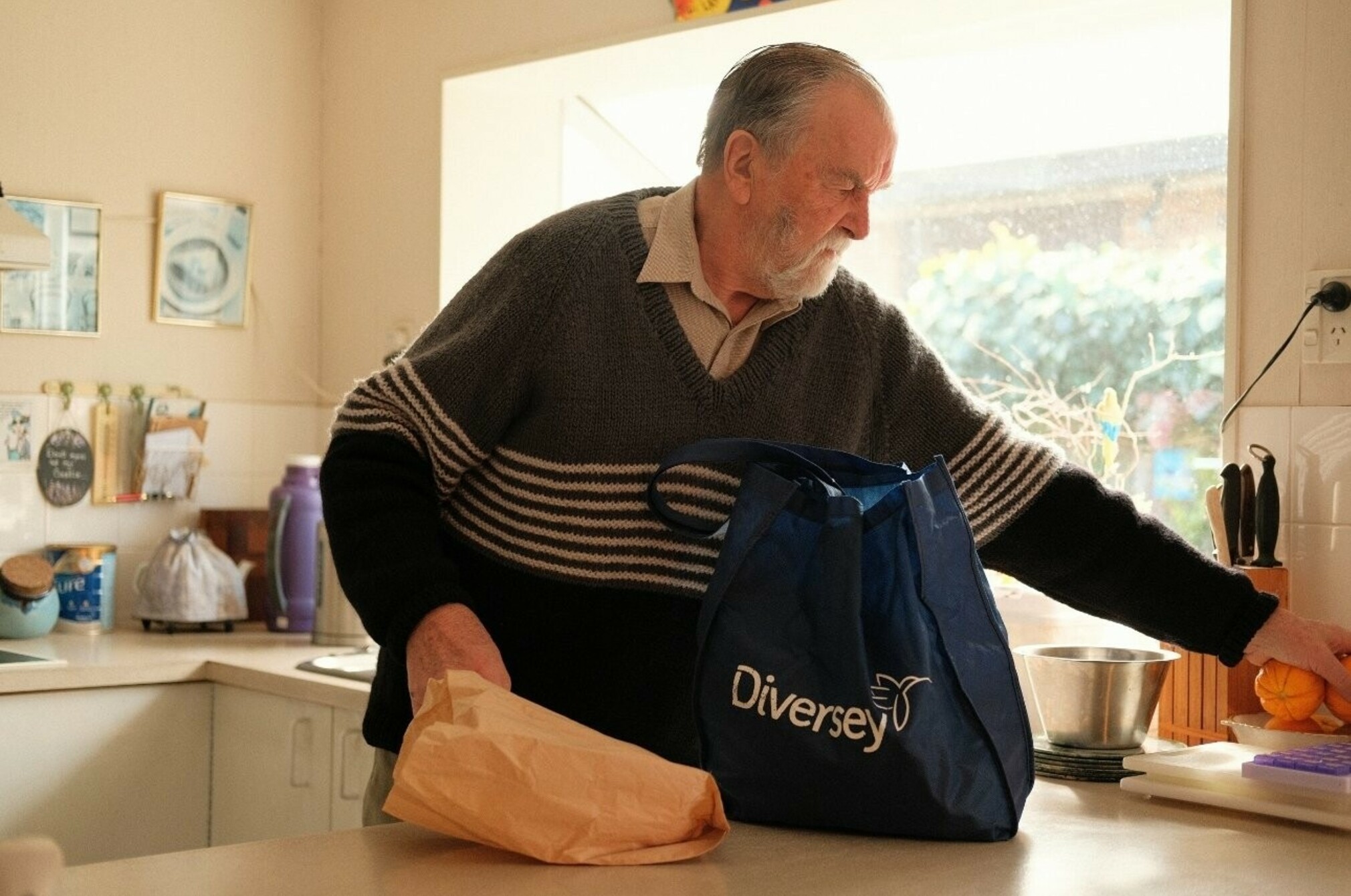
‘We’re the last of the big spenders’
Bernard admits the couple live simply, cheaply, and well within their means. At home they have a chest freezer filled with supplies: meat, bread, and ice cream. “Once a week we’ll have chops or a roast chicken,” he says. “There’ll be enough for lunch the next day.”
But the bulk of their food comes from this weekly shopping mission. In the chilled goods section, Bernard grabs shredded chicken for their lunch-time sandwiches, bacon and soy milk, then whizzes around the aisles, stopping only to put items in his trolley and cross them off his list.
It is, he admits, all a bit predictable. “We’re the last of the big spenders,” Bernard laughs. But he likes his routine, and believes he can keep the couple’s food costs down by being organised. Occasionally, they’ll splash out on a restaurant meal if family are visiting.
They only buy takeaways once a week. “There's KFC, Burger King, Wendy’s. We'll get Subway or something like that,” says Bernard.
Other than that, he sticks rigorously to his list. It’s only in the biscuit aisle that Bernard finds his resolve tested. He’s only got one packet on his list, but he grabs several and places them in his trolley. “We've got a large biscuit tin. We'll fill that up,” he says. “Occasionally we'll have someone come over and we'll bring out the biscuits.”
Then Bernard’s off again, flying down the aisle, on the hunt for soap, Weet-Bix and cornflakes to finish today’s shopping trip. At the till, Bernard gets his total: $166.03. Is he happy with that? “I’m never happy with it,” he says. “But I didn’t expect it would be any less than that.”
Bernard's tips
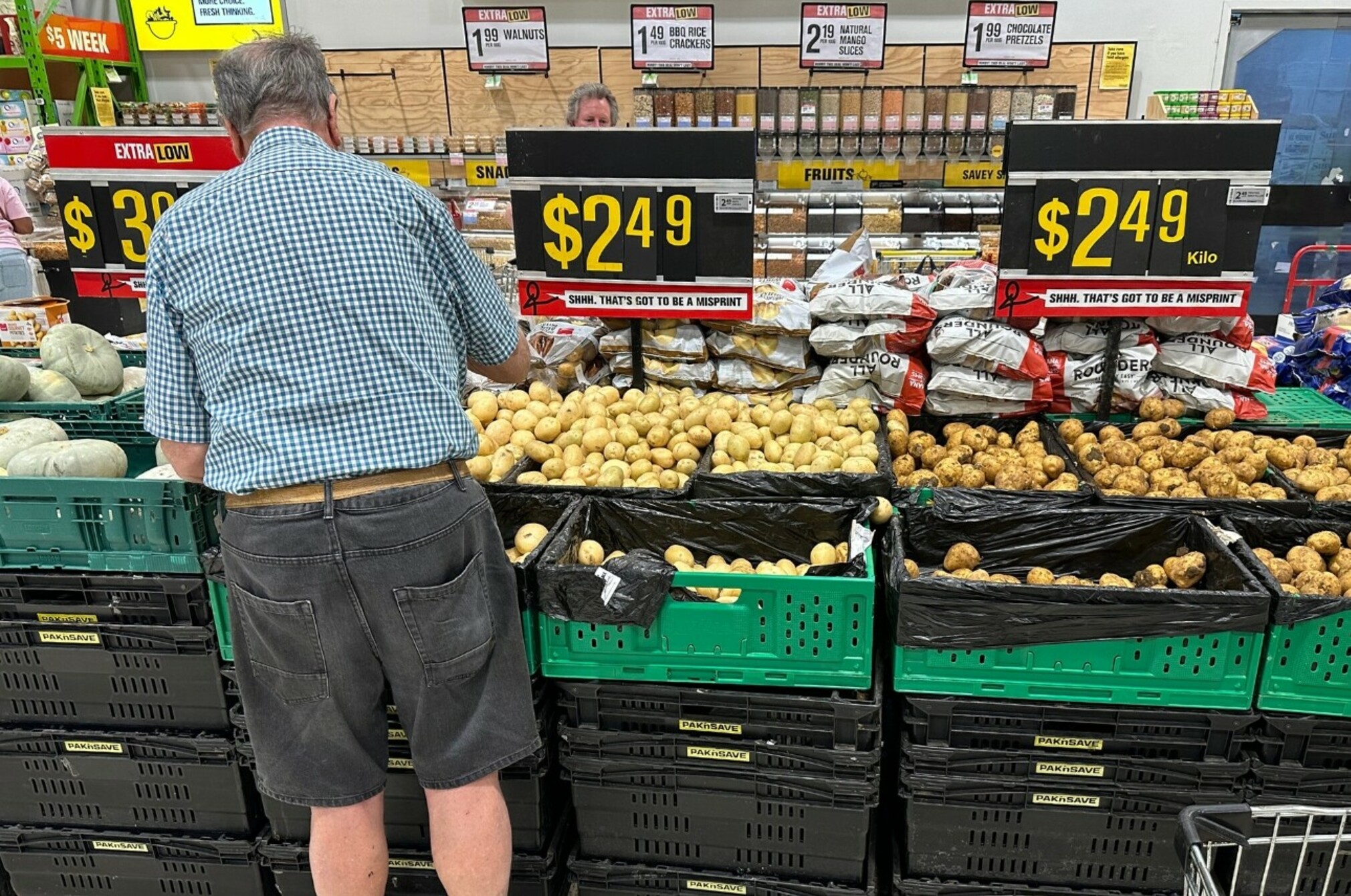
2. Don't be influenced by specials, which may make you buy things you don’t really need.
3. Save money planning simple meals, but don't forget to occasionally treat yourself.
4. Grow your own vegetables, if you have the time and room to do so.
A mother-of-one who bulk buys at Costco
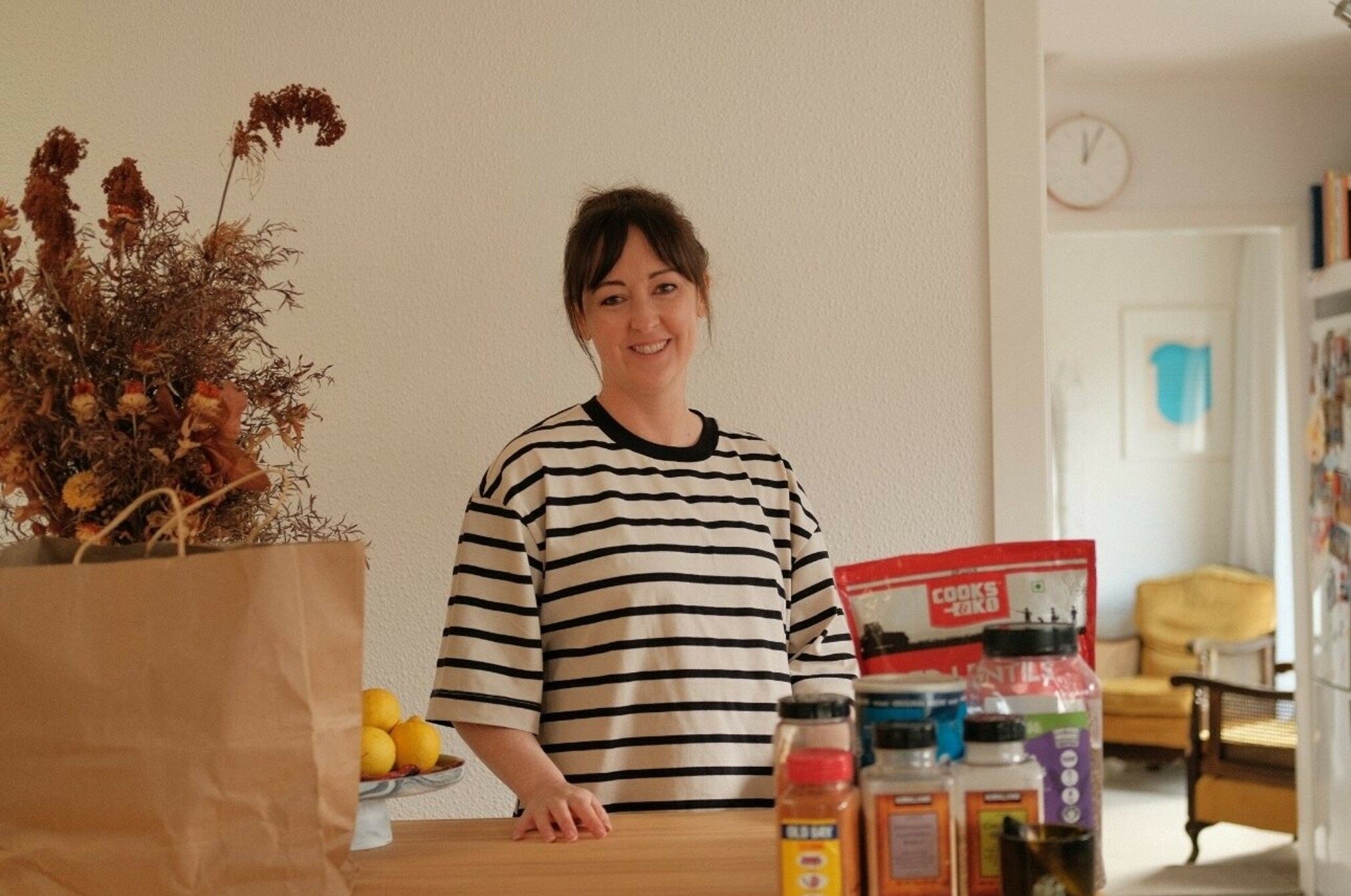
Rebecca Haszard has only just entered Costco, the American chain store that opened New Zealand’s first outlet in West Auckland in 2022, yet she's already spied a bargain.
"These are a pantry staple," she says, eyeing a stack of tinned tomatoes that come in trays of 12. At $19.99, they're cheaper than her local supermarket if she buys them in bulk. "That's a good deal," she says, placing one in her trolley.
Rebecca, who lives with her husband Arjun and their young son Hart, used to shop exclusively at New World and Farro. Recently, she realised their escalating prices were too high for the family’s budget. "The last time I went to Farro, I wanted to cry," she says.
Instead, she switched to Pak'nSave and Costco, paying $60 for her annual Costco membership. Rebecca’s found that by researching prices online and only buying items that are on special, or in bulk, she can save a lot of money. So she makes weekly trips to both supermarkets in the West Auckland suburb of Westgate.
Costco is full of retail goods, and we pass cheap TVs, clothes, dinner sets dryers, toasters and fridges on our way in. But cheap groceries are the main thing Rebecca’s here for. “The quality is really good,” she says. “I don't feel like I'm missing out on interesting things … People need to know they have the best tomatoes at the best prices.”
So, after the tinned tomatoes, she aims her trolley towards the fruit and vegetable section. From a large walk-in chiller, she chooses a 350-gram bag of spinach for $5.49, a four-pack of cos lettuce for $5.99, and a six-pack of capsicums for $7.99.
"Look at these blood oranges," she says, grabbing a 1.5kg bag of the imported Australian fruit, which will cost her $12.99. "Where else can you buy blood oranges?" She places them in her trolley and says: "I'll use those for mulled wine."
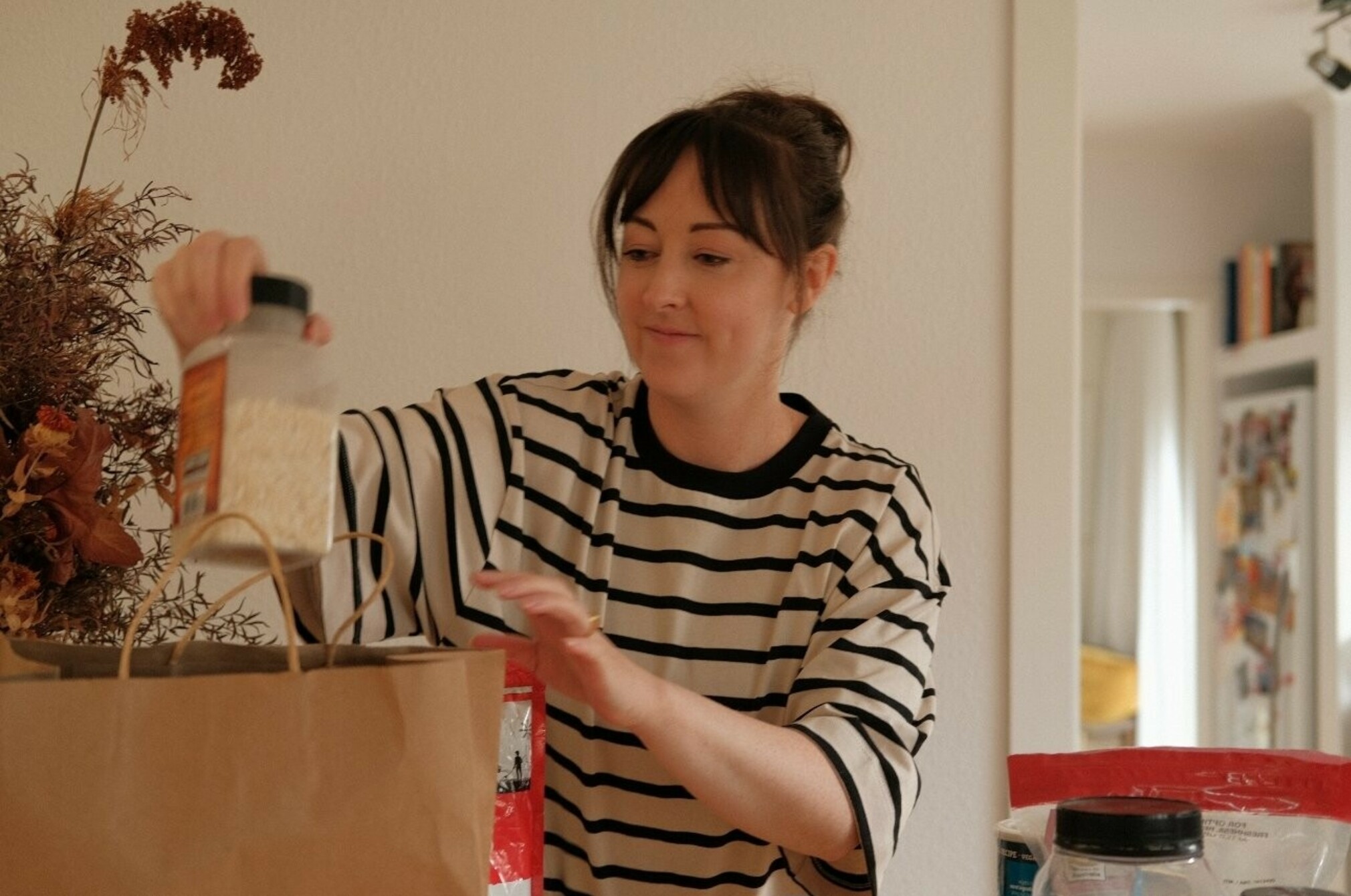
‘Get things on special, in season and cook to that’
More items pile up in her trolley. She’s got enough to stock up her fridge, freezer and walk-in pantry at home, which she operates like it’s her own mini supermarket. That means planning meals several weeks ahead and stocking up on sale products in case they’re not reduced over that time. “You do have to come here and get things on special, in season and cook to that,” she says.
She places a two-pack of rye bread ($6.79) into her trolley, along with a rotisserie chicken ($8.99), a 1kg block of Tasty cheese ($16.99) a 600-gram bag of Tostitos corn chips ($9.79), 1kg of lemons, 4kg of potatoes ($12.98), a tray of lamb kofta kebabs ($23.98), a huge jar of kalamata olives ($16.99), and a tray of chicken and salmon sushi ($14.98).
These ingredients, she says, will inform her family’s eating over the following week. The bread will go into the freezer, the roast chicken will be broken down and split into several meals, the tomatoes and corn chips will become several meals of nachos, the lamb kebabs will do them all for lunch and dinner the following day, and they’ll all snack on the sushi.
‘You have to be disciplined’
Sometimes she visits Costco with her sister, and the pair split bulk discounts to further take advantage of specials. It’s a different way to shop, Rebecca admits, and one that’s taken time to get used to. At first, she found herself overspending, and once had to talk Arjun out of buying a leather jacket on sale for $100. “I was like, ‘You're spiralling – we need to get out of here.”
Planning, she says, is key. “You have to be disciplined,” she says. She admits she’s privileged to be able to shop this way, but it allows her family to eat healthier meals. She picks up a 2kg jar of kalamata olives. At New World, she’d stopped buying them because the smaller jars had become so expensive. “You can’t justify spending that much on a little jar,” she says. “You come here and you’re like, ‘That’s reasonable, right?’”
Sometimes temptation creeps in. “You do get into a frenzy, like, ‘that’s a great buy’” – she points to a giant jar of yellow round corn snacks – “but you don’t need all those cheesy corn balls.”
At the tills, she gets her bill: $236.39. But there’s further temptation just past the check-outs, with slices of pizza, hot dogs and soft drinks being dispensed out of the Costco cafeteria. She can’t help herself. “This is so good,” she says, holding a slice of pepperoni pizza. “They do amazing deals.”
Rebecca’s tips
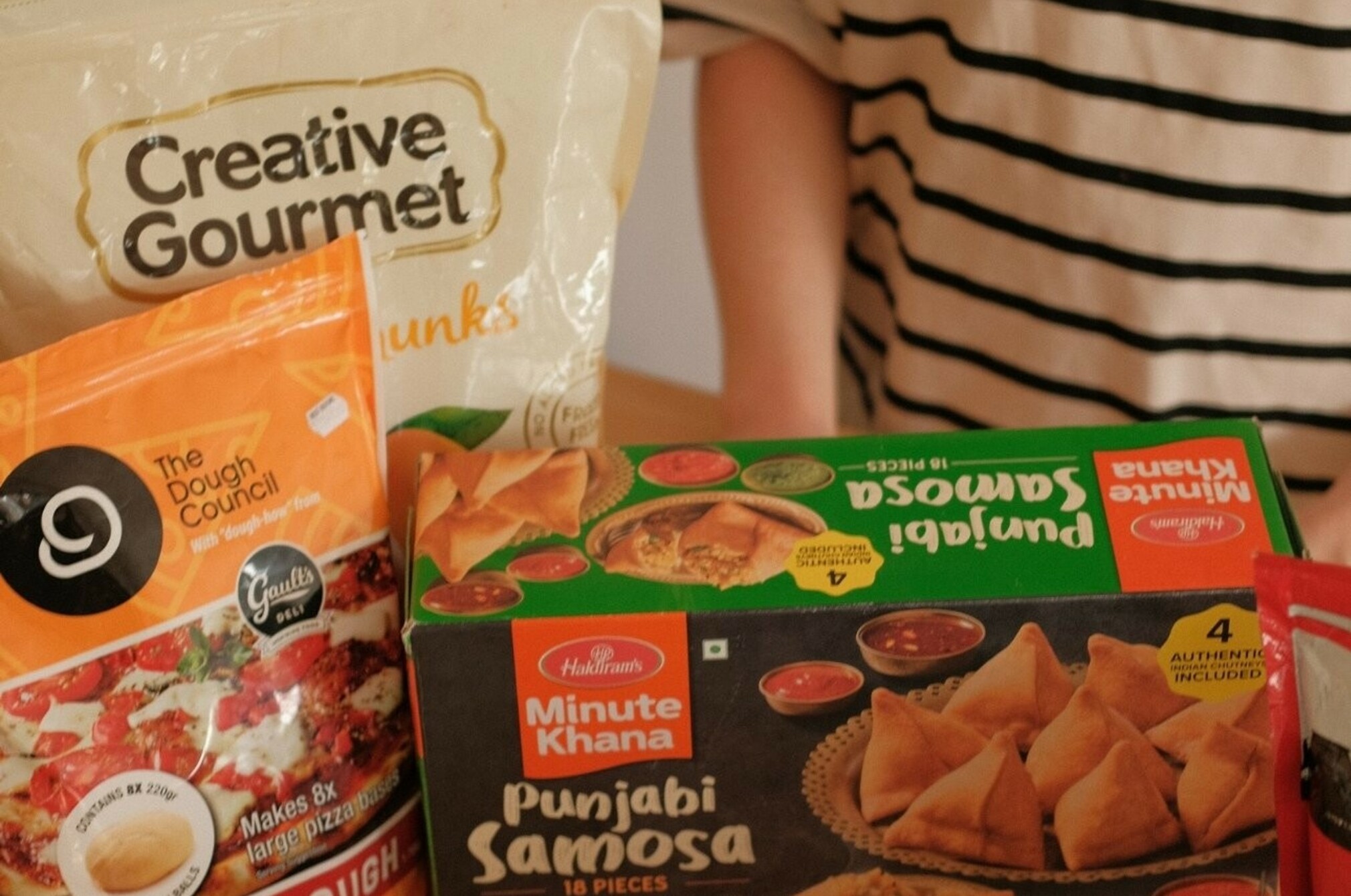
2. Craft a meal plan for the coming week and plan your shopping in advance.
3. Stock up on discounted items so you don’t have to buy them at full price, if you can afford to do so.
4. Find someone to visit Costco or Gilmores with and split bulk buys in two.
A self-employed flatter goes to the markets
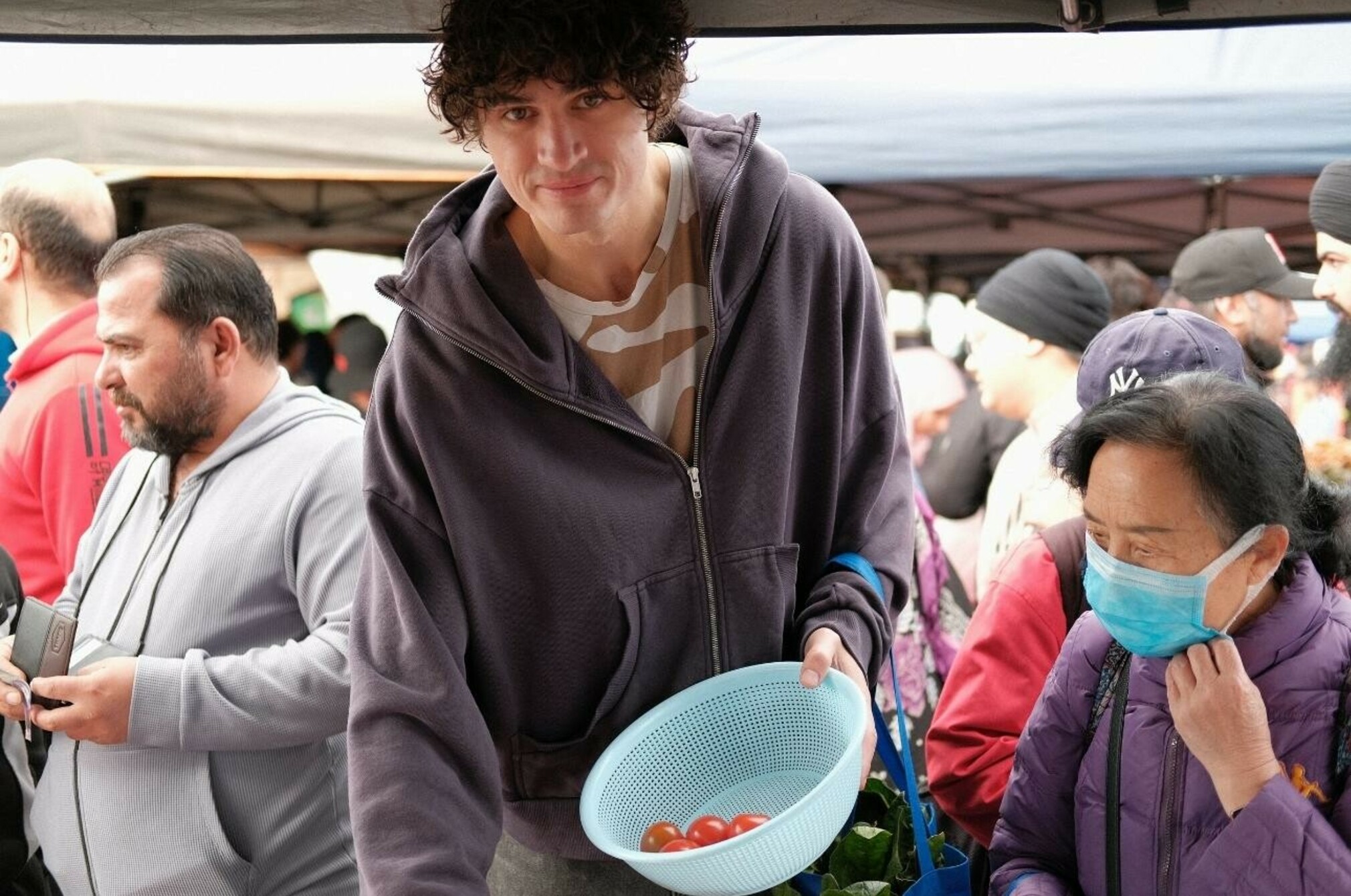
It’s only 9.30am, but Leni Ma'ia'i is already slurping up noodles from a large bowl of steaming chicken soup. It may be early, but it’s raining, and Leni wants to warm up. “This is fire,” he says, scooping up the last of his broth.
We’re standing outside a Thai food truck in the middle of Avondale Markets, the longest-running and largest farmers markets in Auckland. It’s here where Leni, a self-employed 30-year-old, comes most Sundays to gather the food that will feed him and his four flatmates for the week.
He avoids supermarkets whenever possible. Instead, he attends these markets so often that stallholders know him by name, often offering him discounts or free ingredients to try. “You can get things here you can’t get in supermarkets,” he says. So, after his noodles, he picks up a tub of chilli paste and asks about the price. “For you, $10,” replies the stall’s owner, before warning him that today’s batch is far hotter than normal. “That’s OK,” says Leni. “Actually, that’s a good thing.”
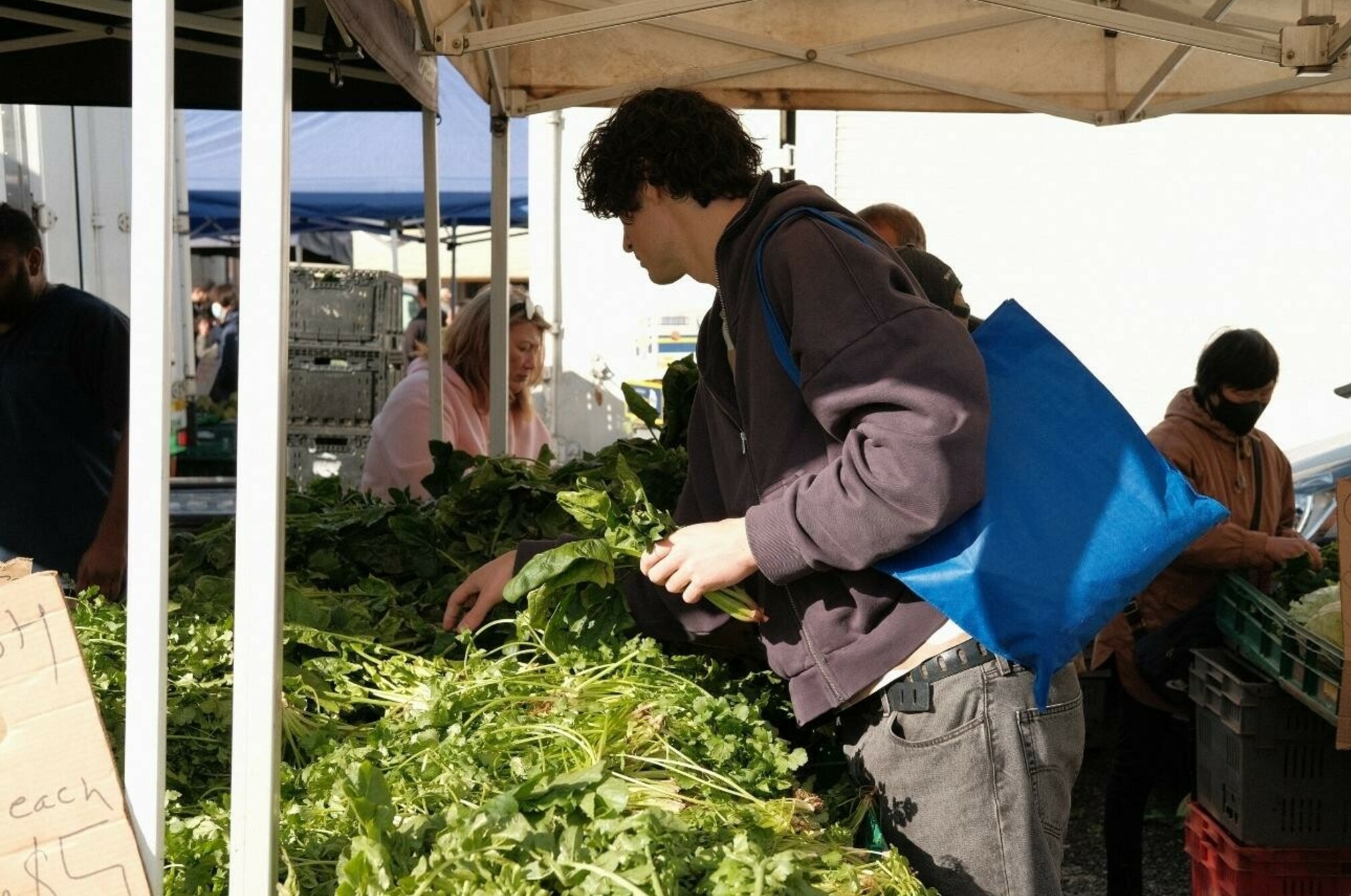
‘You get an experience here you don’t get in supermarkets’
The markets are bustling full of people just like Leni, trying to score cheaper deals than those offered by supermarkets. We walk past huge tubs of tomatoes being sold for $2.49/kg, agria potatoes for $2.50/kg and oranges for $1.79/kg. In supermarkets, those prices could be more than double. Here, those prices are normal, and there’s enough for everyone.
Clutching a large black carry bag, Leni loads up on Asian greens, limes, herbs, large green chillis and two kinds of basil. He grabs sticky sesame balls ($2 each) that are filled with mochi, a sweet and sticky Korean rice paste, which he’ll serve as dessert. Then he grabs a packet of Thai-style Sau Ua pork sausages. “These are amazing – they've got whole chillis in them,” he says.
Leni says his regular Sunday pilgrimage is about more than scoring cheap food. He’s made friends and found a like-minded community, all of them obsessed with fresh and interesting ingredients. “You get an experience here you don't get in supermarkets,” he says. “People are so keen to engage in conversations about food and what's happening with it.”
It's true. Along our half-hour walk around the packed markets, Leni’s greeted with a smile, a wave and a conversation everywhere he goes. One stallholder asks after Leni’s brother. Another shows him photos of the yard where she grows her organic chillis. As he’s browsing through a tub of small eggplants ($4.99/kg), a woman offers Leni her own recipe: tossing them in a wok over a high heat with fish sauce, sesame oil and soy sauce. He tells her he’ll give it a go.
Finally, clutching a bag weighed down with fresh produce, Leni says: “I’m basically done here.” The total? He arrived with $100 in cash, and there’s barely anything left. But that should suffice for several large meals over the course of the week. What’s on the menu? Later, he tells me he served deep-fried mackerel with grilled eggplants and peppers, barbequed the sausages, serving them in bread with a squirt of lime juice, and cooked up a vegetable curry with the remaining ingredients.
Leni’s tips
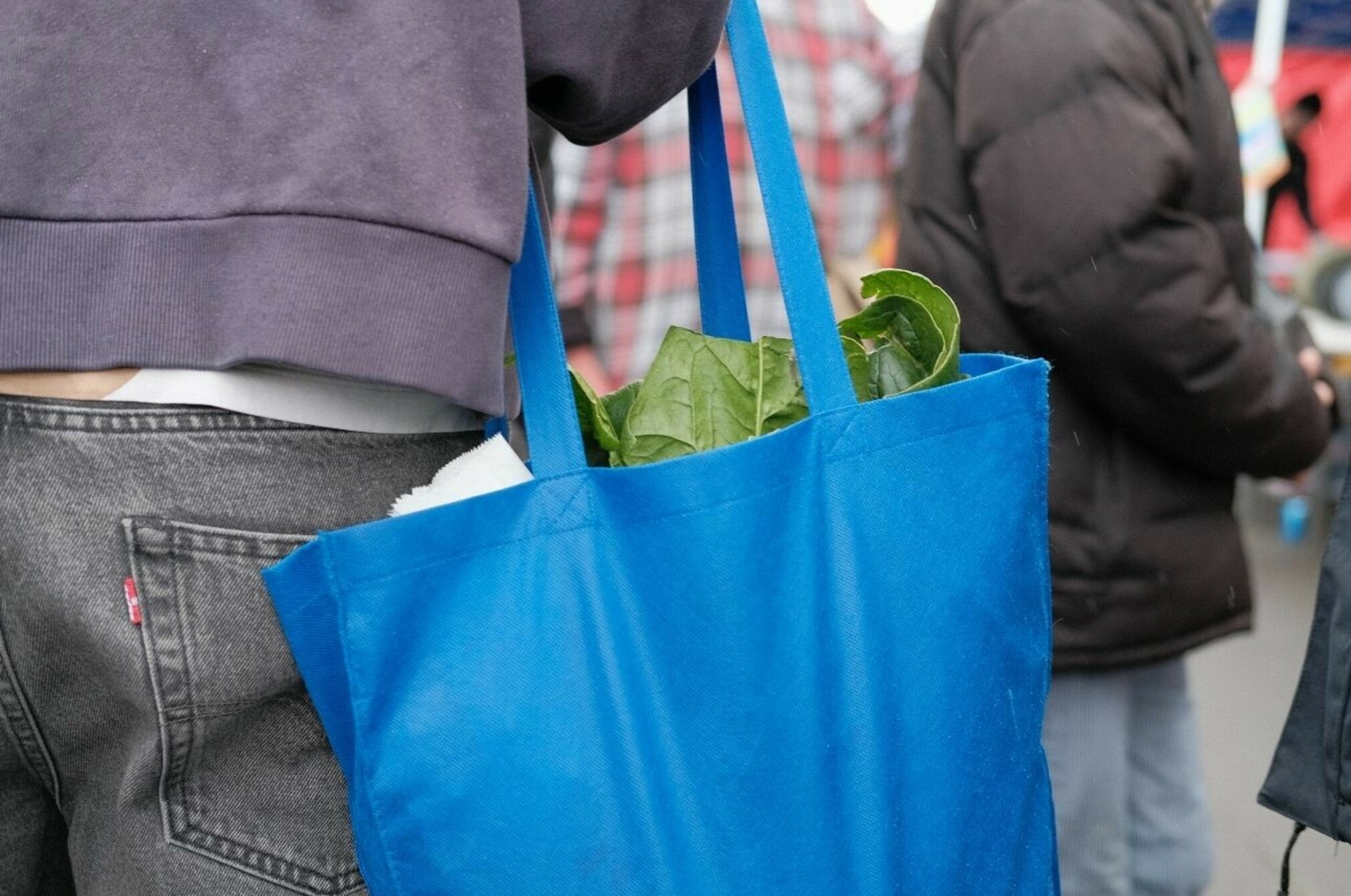
2. Buy fresh, seasonal produce in bulk at discounts.
3. Cook meals in larger amounts, freeze portions for leftover meals.
4. Get to know the people making your food; you never know, you might become friends.
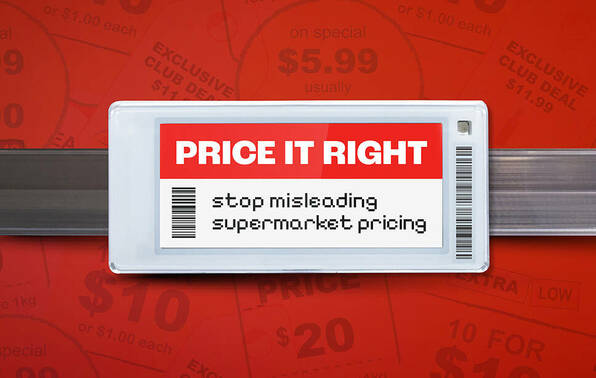
Sign the petition to make supermarkets price it right
Supermarket pricing errors are widespread and another blow to people’s budgets. Find out about our campaign to tell the government we need clear rules, stronger penalties and automatic compensation for shoppers when supermarkets get it wrong.
Member comments
Get access to comment